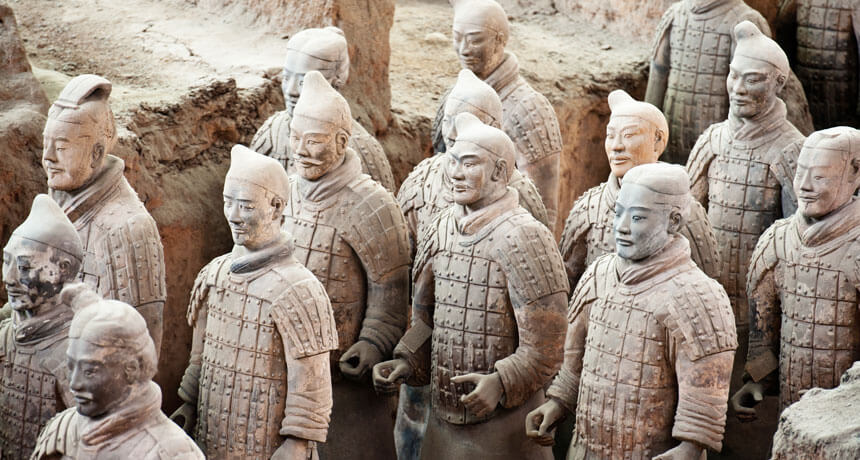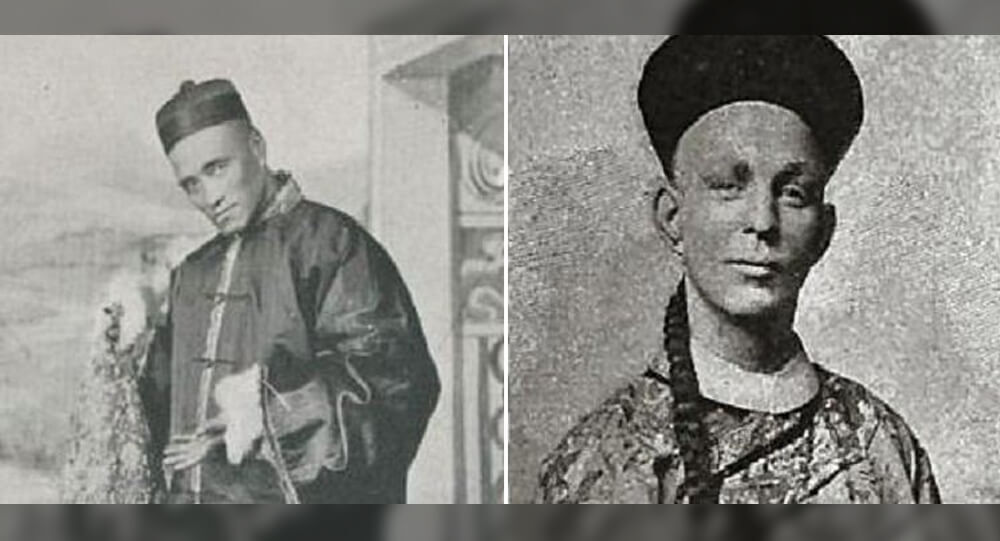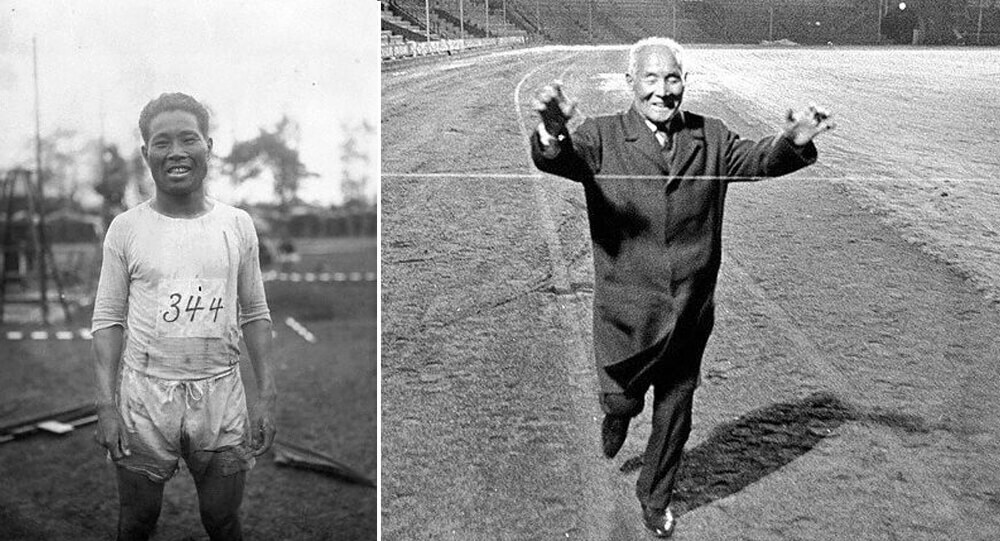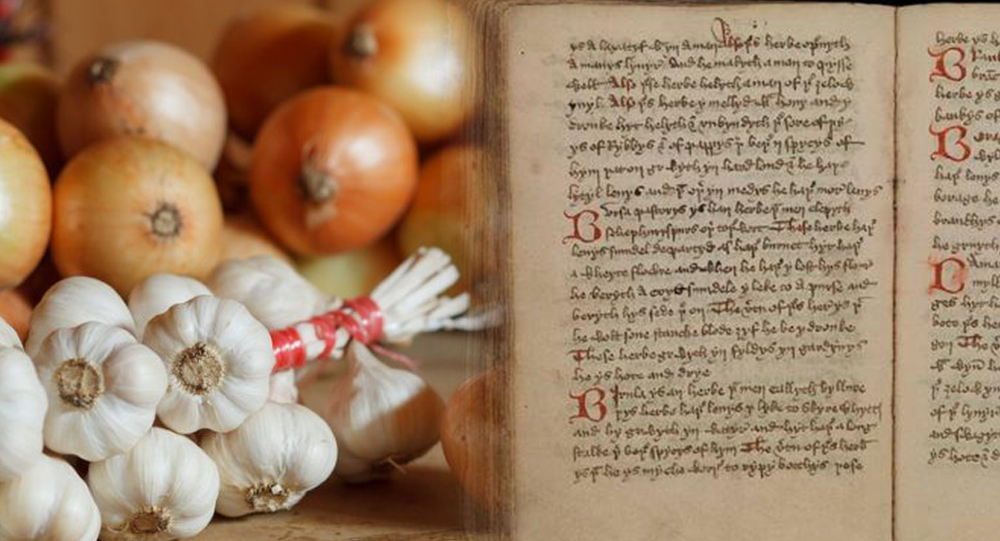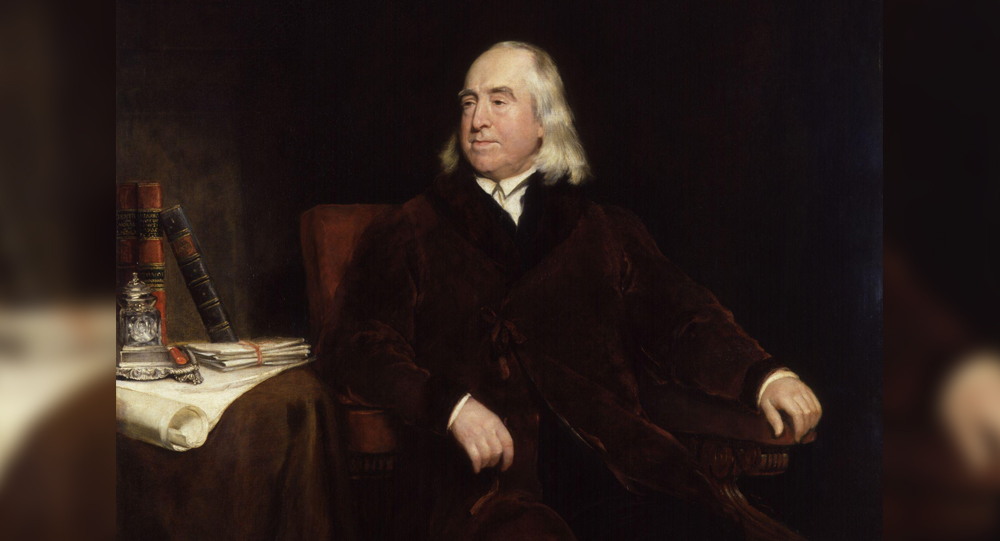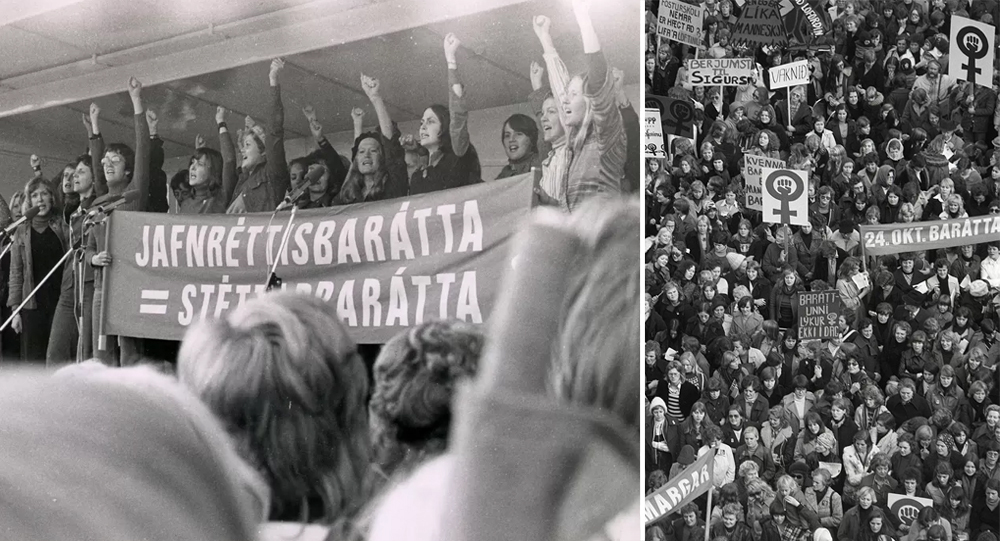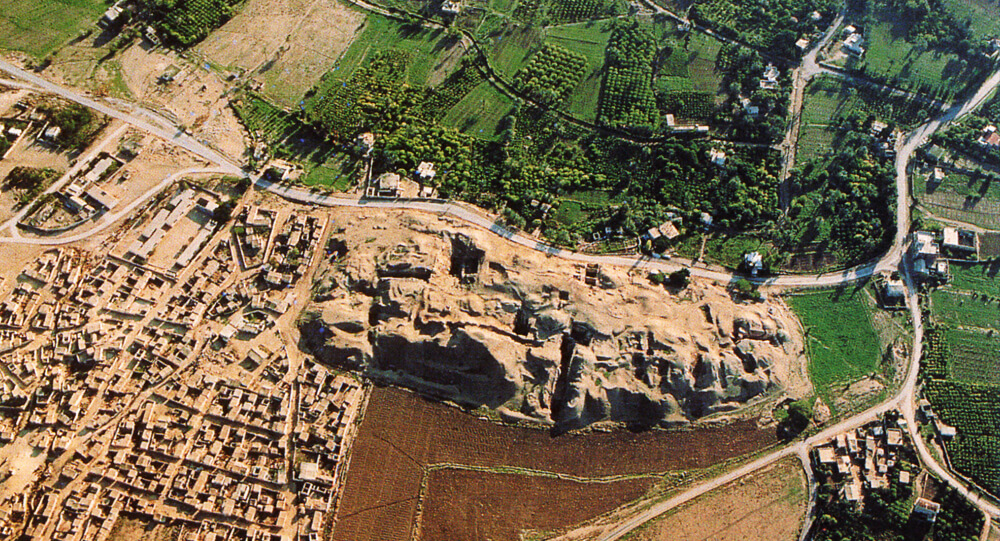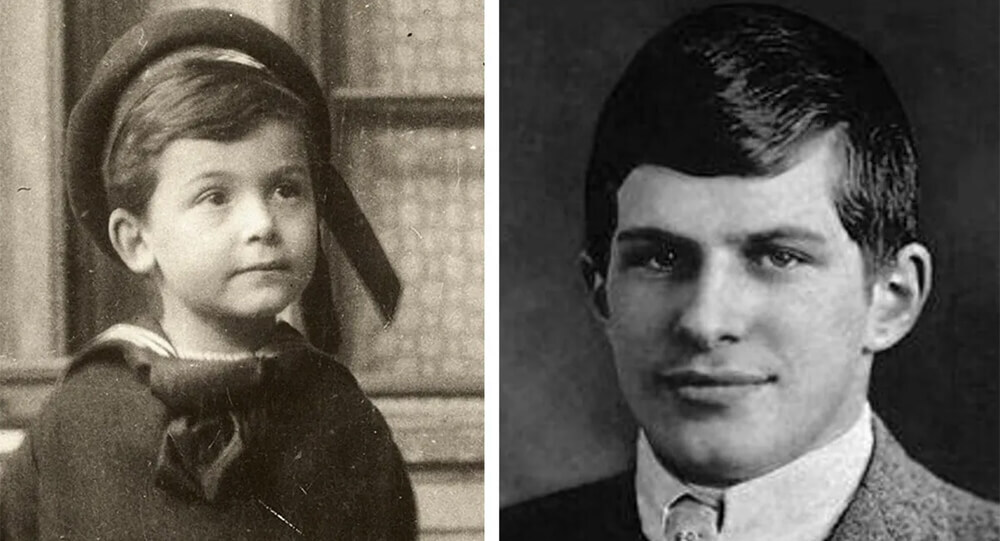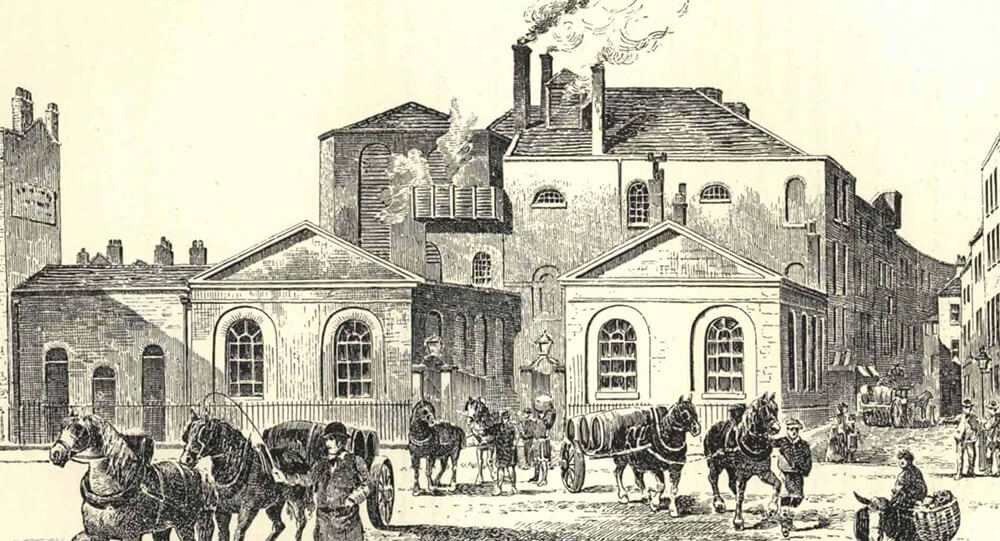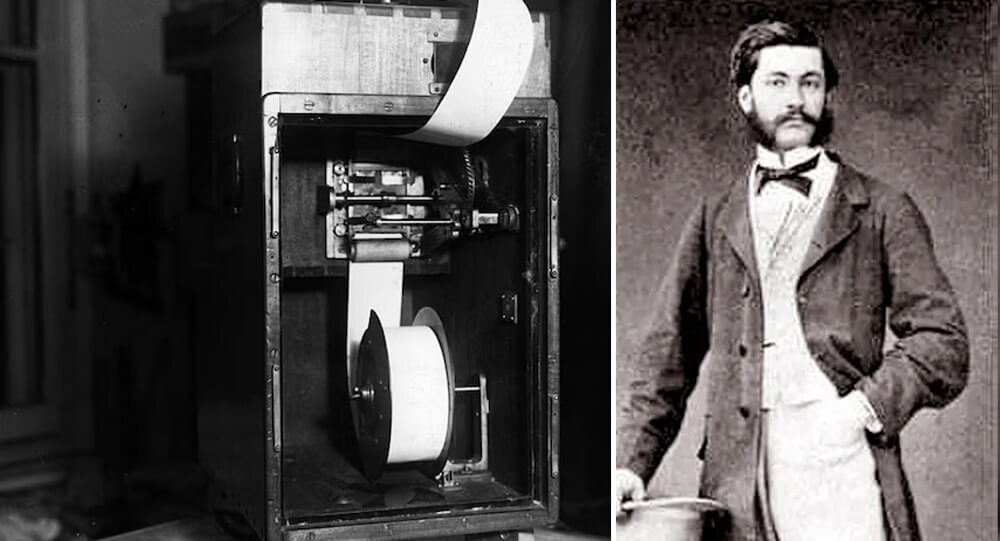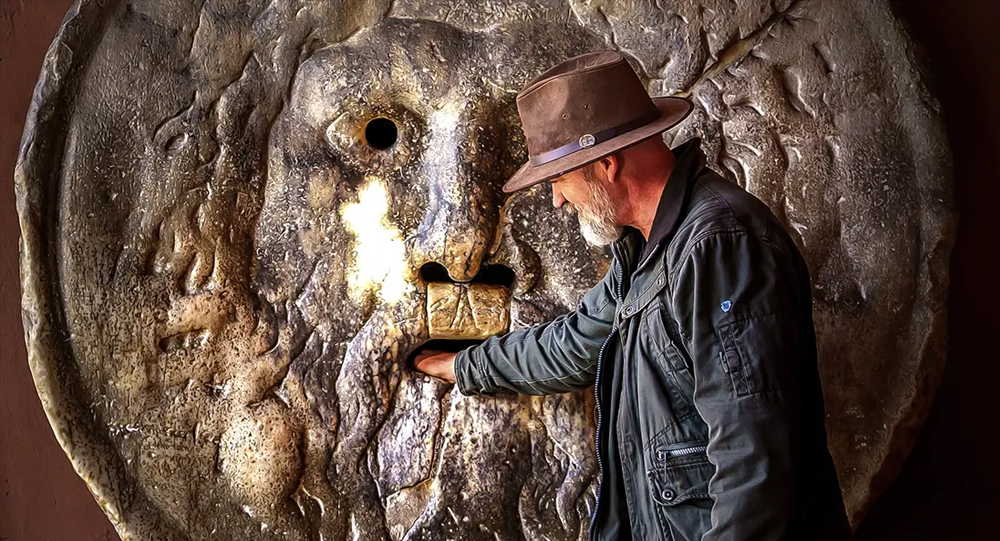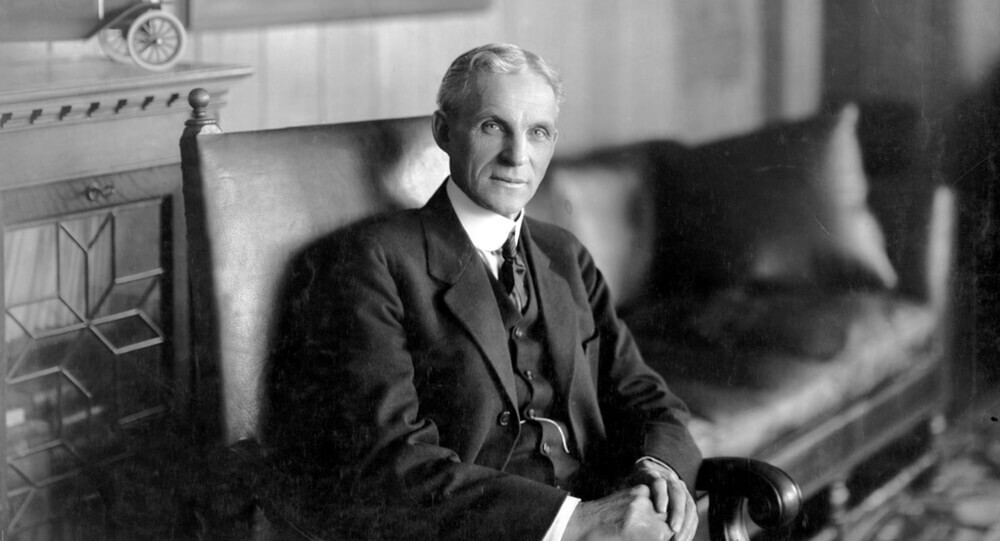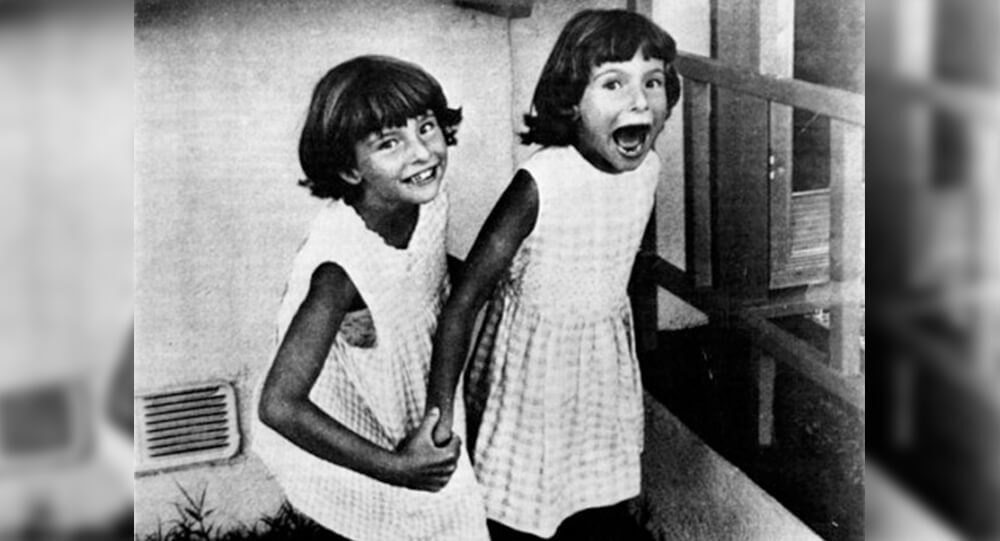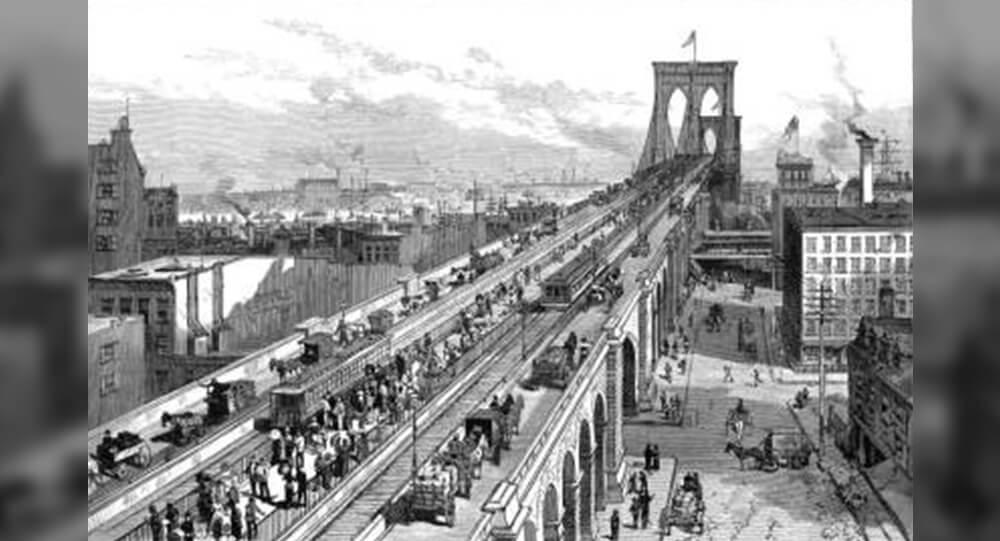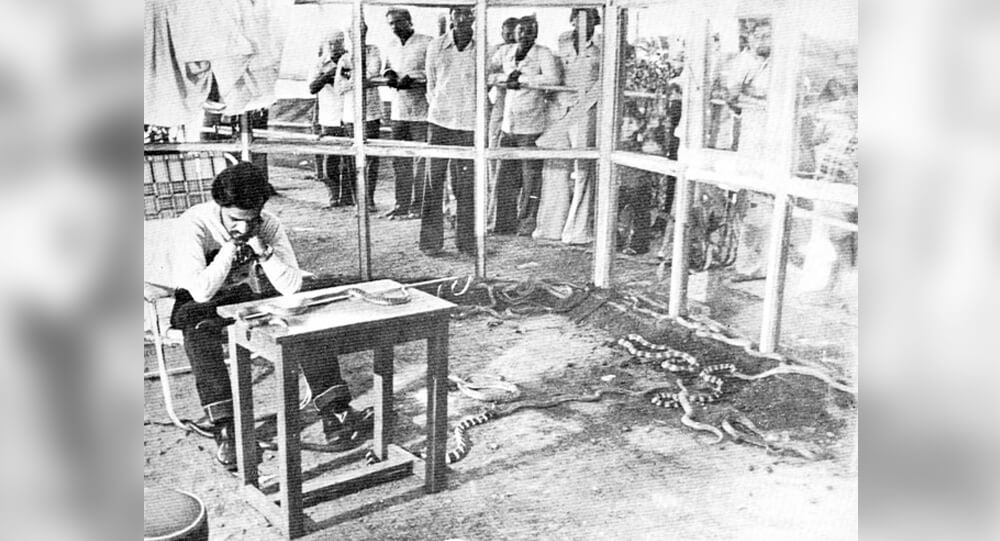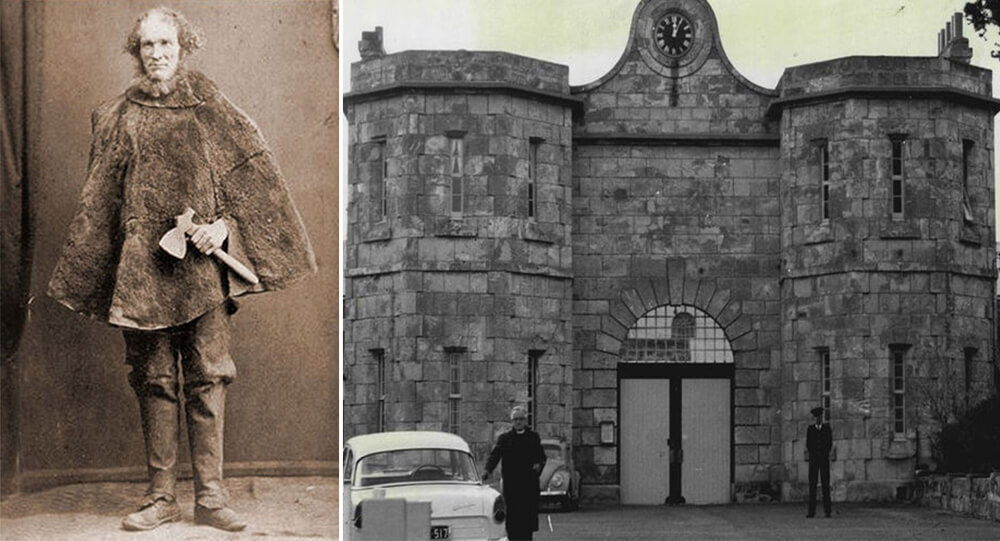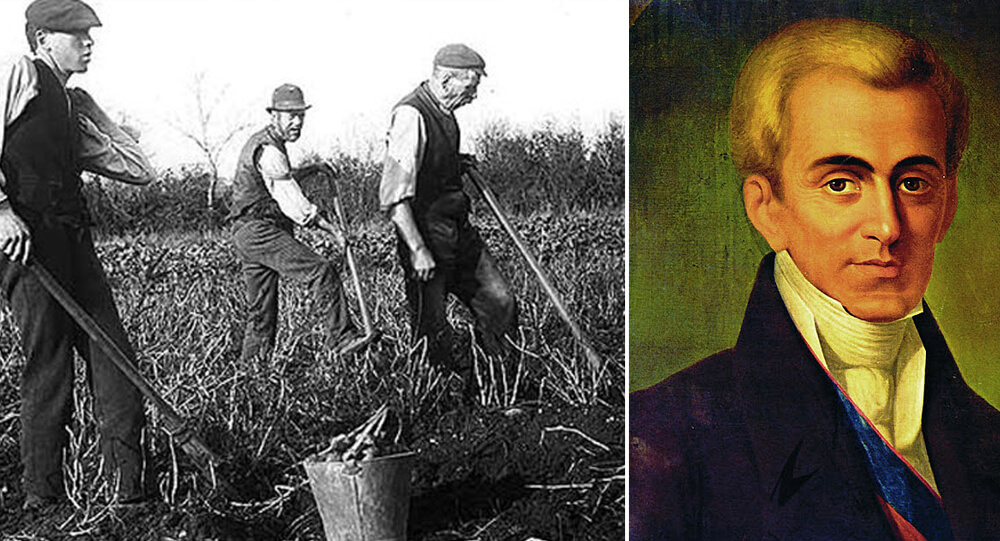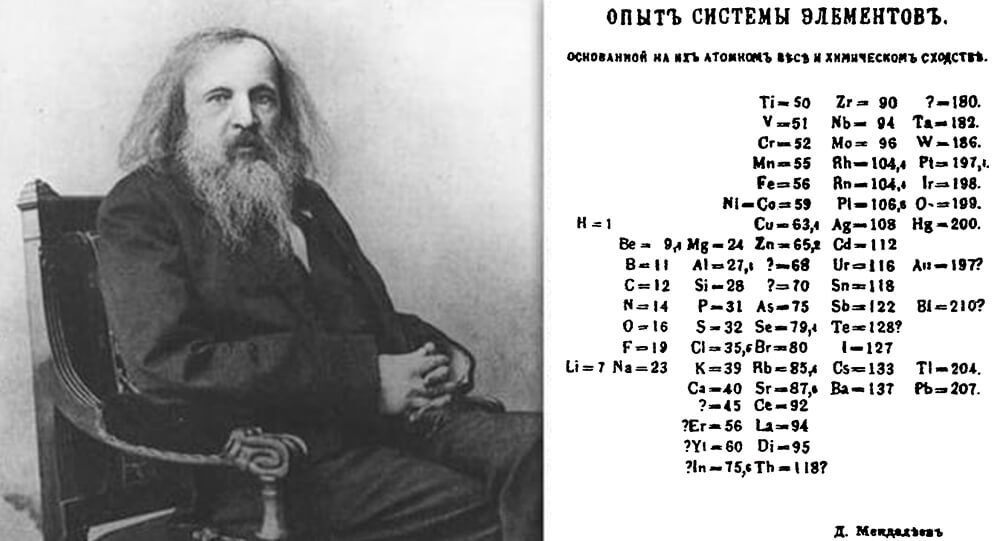
The development of the periodic table of elements was made possible by the pioneering work of renowned Russian chemist Dmitri Mendeleev. His path to this outstanding accomplishment, though, was not without difficulties. This article examines Mendeleev’s early years, going in-depth on his upbringing, education, and difficulties. Mendeleev’s life is one of tenacity and scientific brilliance, from his modest beginnings to the momentous discovery that revolutionized the field of chemistry. Join us as we examine the life of a man who influenced how we perceive the universe’s fundamental elements.
Early Life and Education of Dmitri Mendeleev
The developer of the periodic table of elements, Dmitri Mendeleev, was born in Tobolsk, Siberia, on February 8, 1834. His mother was from a family of merchants, and his father was a teacher. He came from a modest, mixed-race family. Mendeleev’s parents, despite their modest means, placed a high value on education and instilled a lifelong love of learning in him.
Mendeleev demonstrated a remarkable aptitude for mathematics and the sciences even as a young child. He went to the Gymnasium in Tobolsk, where his academic prowess really started to show. Tragically, his father’s blindness brought about financial hardship for the family. Despite these challenges, Mendeleev managed to secure a scholarship to continue his education at the prestigious University of Moscow, where he hoped to further his studies in chemistry.
Rejection from the University of Moscow: A Setback for Mendeleev
Mendeleev submitted an application to the University of Moscow in 1850, eager to pursue his love of chemistry and leave his mark on the scientific world. He hoped that his outstanding grades and intense interest in the subject would help him get accepted to the university.
Mendeleev received a rejection letter from the University of Moscow, which sadly crushed his dreams. Although the precise causes of his rejection are unknown, it is thought that his unconventional thinking and self-directed learning style clashed with the established academic system of the day.
Mendeleev refused to let the rejection determine his future, despite the fact that it was undoubtedly discouraging. He chose a different route in his quest for knowledge because he was determined to keep learning. Mendeleev immersed himself in self-directed studies, tirelessly exploring various scientific disciplines and refining his understanding of chemistry.
Journey of Mendeleev: Looking into Chemistry and Developing His Ideas
Mendeleev didn’t get the formal education he had hoped for, but his enthusiasm for chemistry was stronger than ever. In his improvised home laboratory, he started running experiments as he devoted his life to learning the secrets of the elements.
Mendeleev began to form his own theories and hypotheses about the nature of chemical elements through his independent research. He questioned the validity of the current categorization schemes and searched for a more thorough and systematic method of classifying the elements according to their properties.
Mendeleev collaborated with other scientists and participated in scholarly debates because of his insatiable desire for knowledge. He engaged in discussions with influential members of the scientific community in an effort to constantly improve and test his own theories. Mendeleev’s ground-breaking work was greatly influenced by his willingness to work with others and his capacity for taking in new information.
The Periodic Table: A Breakthrough in Understanding the Elements
Mendeleev was acutely aware of the disorderly state of the existing knowledge about the elements as he dove deeper into his studies. He understood the urgent need for an organized framework that would arrange these basic components of matter and help scientists better understand their characteristics and interactions.
Mendeleev came up with a plan to arrange the elements according to their atomic weights and recurring patterns in properties, drawing on his vast knowledge and keen insights. As a result of his discovery that some characteristics recurred periodically, the periodic table of elements as we know it today was created.
Mendeleev’s periodic table was extremely predictive, which was one of its most amazing features. Mendeleev boldly predicted the existence and characteristics of elements that were later discovered and confirmed by other scientists by leaving gaps in his table for yet-to-be-discovered elements. This foresight demonstrated his brilliance as a scientific thinker while also supporting the validity of his periodic table.
The progression of Dmitri Mendeleev from being rejected to creating the periodic table is evidence of his unwavering resolve, independent thinking, and ingenuity. His contributions transformed the study of chemistry and gave researchers a potent tool to decipher the mysteries of the elements. And even though Mendeleev was not admitted to the Moscow University, his contributions to science have had a lasting impact.
Key Features of Mendeleev’s Periodic Table
Mendeleev was brilliant because he could see patterns where others saw chaos. He arranged the elements into rows and columns according to their atomic weights, making comparison and analysis simple. This arrangement set the way for the current periodic table by helping scientists in making sense of the vast array of elements that were known at the time.
Mendeleev’s arrangement of elements with comparable properties in one group was one of its remarkable aspects. This not only improved the appearance of the table but also revealed relationships between elements that had previously been hidden. Suddenly, it became clear that elements in the same group shared similar chemical behaviors and properties, making it easier for chemists to make predictions and understand the behavior of new and undiscovered elements.
Initial Reactions and Scientific Acceptance of the Periodic Table
Mendeleev’s periodic table was initially met with doubt and even mockery by Scientists. Some scientists dismissed it as little more than an intriguing theory with no real world application. Mendeleev, however, didn’t let that discourage him. His table was continually improved, he gathered more data to back up his claims, and he gradually won over his detractors.
There are always going to be disagreements with groundbreaking scientific theories. Some scientists disagreed with Mendeleev’s choice to group elements solely by atomic weight, contending that additional considerations should have been made. There were also a lot of arguments about where to put certain components and where to draw the lines between various groups. But despite their ferocity, these discussions ultimately served a useful purpose and improved and strengthened the periodic table over time.
Support for Mendeleev’s work increased as more proof mounted and experts realized how useful his periodic table was in real-world applications. Scientists quickly realized the strength and beauty of his system. Worldwide, chemistry classrooms and laboratories quickly adopted the periodic table, and Mendeleev’s name came to represent scientific brilliance.

Top 10 Greatest and shocking Archaeological Discoveries of All Time
While we're all locked at home, there's no better way to escape to another time and place than to learn about amazing archeological sites and discoveries from around the world. Here are the 10 greatest and shocking archaeological discoveries —and don't be shocked if they inspire future trip plans whenever it's safe to do so again.

Philippines, the largest supplier of Nurses in the World
Philippines is the world’s largest supplier of nurses, supplying roughly 25% of all overseas nurses worldwide.

The Bizarre (And Magical) Duel Between Chung Ling Soo And Ching Ling Foo
Ching Ling Foo and Chung Ling Soo were two magicians from the early 20th century who were bitter rivals. While Ching Ling Foo was genuinely Chinese, Chung Ling Soo was actually a New Yorker named William Robinson.

Shizo Kanakuri’s 1912 Olympic Marathon Finished 54 Years
At the 1912 Olympics, a marathon runner quit and went home to Japan without telling officials and was considered a missing person in Sweden for 50 years. In 1966, he was invited to complete the marathon. His time: 54 years, 8 months, 6 days, 5 hours, 32 minutes, and 20.379 seconds.

Medieval Medicine: A 1,000-year-old onion and garlic salve kills modern bacterial superbugs
Scientists recreated an Anglo-Saxon manuscript-based 9th century onion and garlic eye remedy and discovered that it killed 90% of antibiotic-resistant staph bacteria (MRSA).

How 18th Century Women’s Rights Movements Shaped Modern Equality
The 18th century marked a turning point in the quest for women’s rights, as passionate voices challenged centuries of gender inequality and laid the groundwork for modern feminism. From pioneers like Mary Wollstonecraft to revolutionary declarations and early advocacy, this era sparked debates on education, political participation, and social justice that continue to resonate today. Journey through the origins of women’s rights movements and discover how their bold ideas shaped the fight for equality.

The day Iceland's women went on strike
Icelandic women went on strike for equal rights on October 24, 1975. 90% of women walked out of their jobs and homes, effectively shutting down the entire country. The men were struggling to keep up. The following year, Parliament passed a law requiring equal pay. Iceland elected the world's first female President five years later. Iceland now has the highest gender equality rate in the world.

Iranian inmate dies from happiness after finding out he will not be executed
An Iranian man who was convicted of murder reportedly died from happiness after learning that his death sentence was being commuted.

Ancient Jericho: The First Walled City In History
The ancient city of Jericho is the world's oldest walled city, with evidence of stone fortifications dating back nearly 9000 years.

The youngest person executed, George Stinney Jr was proven innocent
In 1944, George Stinney Jr. was 14 years old when he was executed in South Carolina. It took only ten minutes to convict him — and 70 years to exonerate him.

William James Sidis: The smartest person yet forgotten by people
William James Sidis, who was only 11 years old when he enrolled in Hardvard, finished his primary and secondary schooling in less than a year. He knew eight foreign languages by the age of eight and even invented his own language, "vedergood."

The 1814 London beer flood
In 1814, there was a beer flood in London when a tank containing more than 300,000 gallons ruptured in which 8 people drowned.

Louis Le Prince Invented the motion picture camera, and then he mysteriously disappeared
Louis Le Prince, the inventor of motion pictures, vanished without a trace in 1890. Thomas Edison quickly claimed the title of "first and sole inventor of cinema," even taking Le Prince's son to court to dispute it. A few years later, the son also dies under mysterious circumstances.

The Mouth of Truth: Ancient Rome’s Legendary "Lie Detector" That Bit Off Hands
Discover the chilling legend of the Mouth of Truth (Bocca della Verità) in Ancient Rome—a massive carved stone face believed to bite off the hand of anyone who lied while inserting their hand into its gaping mouth. Uncover the truth behind its eerie reputation and how this ancient artifact became a symbol of honesty and fear.

Henry Ford, The man popularizing the concept of the weekend off
Henry Ford was the first Industrial Giant to give his employees both Saturday and Sunday off in the hope of encouraging more leisurely use of automobiles and thus popularizing the concept of the "weekend."

15 interesting facts about Queen Elizabeth II
Queen Elizabeth II, who ruled Britain for 70 years, has away at the age of 96. She was the country's longest-reigning monarch. Here are some little-known facts about her.

How Sleep Deprivation Was Once Used as Torture
Sleep deprivation, long before modern interrogation techniques, was considered a “clean” and effective form of torture—leaving no physical scars, yet breaking minds with haunting silence. Victims endured days and nights without rest, leading to vivid hallucinations, disorientation, and psychological torment. This article traces the dark history of sleep deprivation as a weapon, examines the science behind its effects on the brain, and shines a light on the painful balance between human endurance and cruelty in the annals of coercion.

Poto And Cabengo: The Secret Language Of Twins
Poto and Cabengo, as the two girls called each other, communicated in their own language. The twins were ignored by their parents and secluded from the outside world because their father felt they were developmentally retarded, and their unique language evolved as a result of that neglect.

Why the Brooklyn Bridge Was Once Crossed by 17 Camels and 21 Elephants
On May 30, 1883, a rumor that the Brooklyn Bridge was going to collapse caused a stampede, which killed at least at twleve people. To prove the bridge was safe, P.T. Barnum led a parade of 21 elephants over it.

During the 1996 Olympic bombing, Richard Jewell falsely accused of committing the crime after saving dozens of people
Richard Jewell, an American security guard, discovered a bomb during the 1996 Olympic Games in Atlanta and assisted in the evacuation, but was later wrongfully accused and faced public scrutiny. He was cleared, but it had a lasting impact on him until his death in 2007 at the age of 44.

Reason Behind The Suicide Of Christine Chubbuck Live On Air
Actor Rebecca Hall had serious reservations about tackling the macabre story around why Chubbuck killed herself in 1974. So what changed her mind?

The story of a man who spent 72 hours with 72 venomous snakes to prove they only bite when provoked
In the 1980s, an Indian man spent 72 hours in a glass cabin with 72 snakes, some of which were extremely venomous. His aim was to prove that snakes only attack when provoked. Remarkably, he was not bitten once in those 72 hours and even set a Guinness World Record in the process.

Moondyne Joe: The story of Australia's most notorious prison escapee
A man named Joseph Bolitho Johns (A.K.A Moondyne Joe) broke out of Australian prisons so many times that the police were compelled to build a special cell just for him. He escaped from that as well.

Nathan's Famous Doctor Stunt
When Nathan's Famous Hot Dogs first opened in 1916, the owner hired people to dress as doctors and eat hot dogs outside his shop, to convince people his hot dogs were healthy.

How Greek prime minister in 1830’s tried to spread the potato in Greece
A Greek prime minister in 1830’s tried to spread the potato in Greece but people weren’t interested so he put armed guards in front of shipments of potatoes so people would think they were important. People later started stealing these potatoes a lot which spread the crop to all of Greece.
